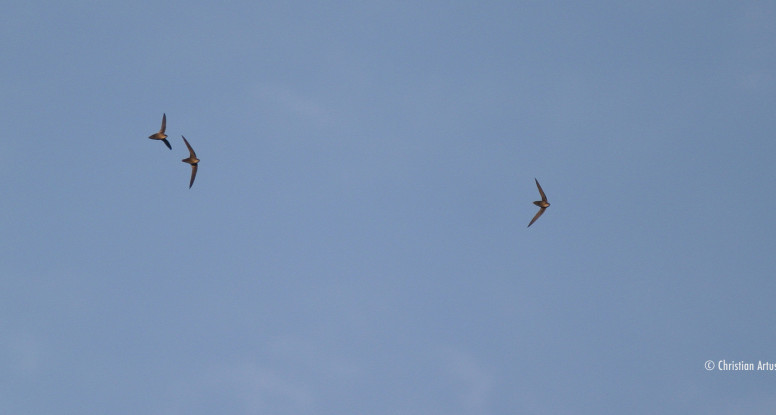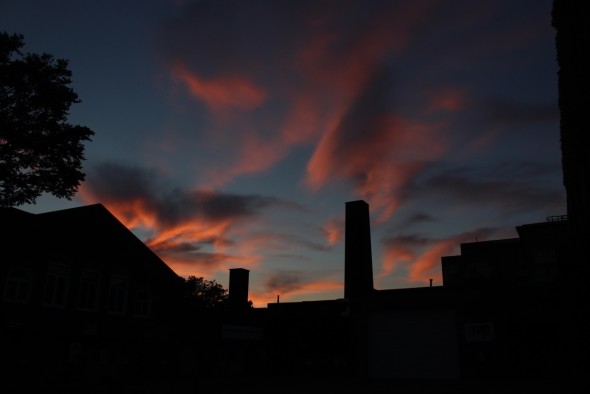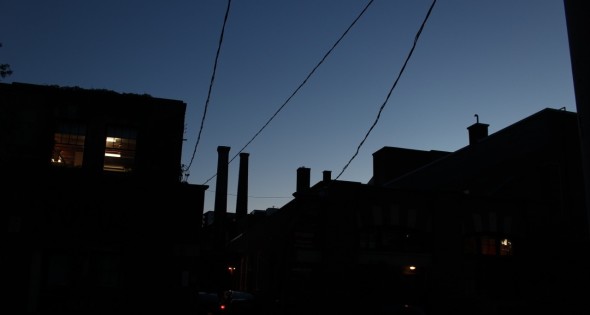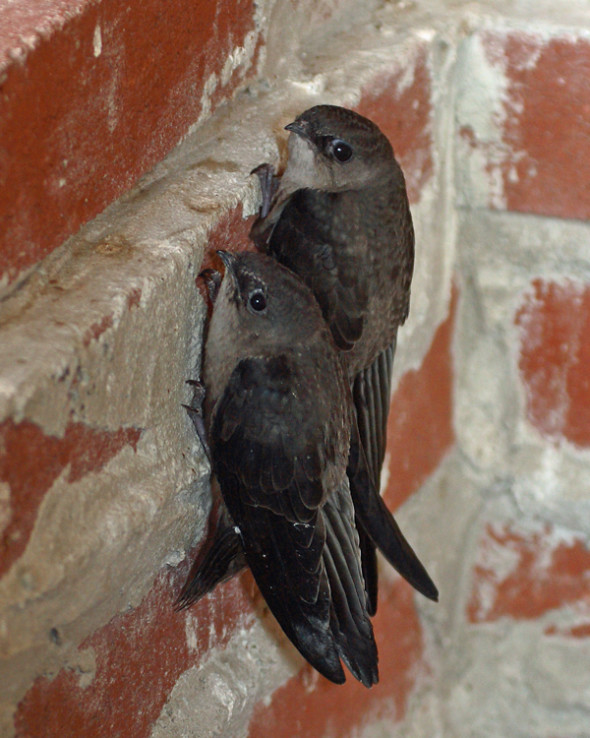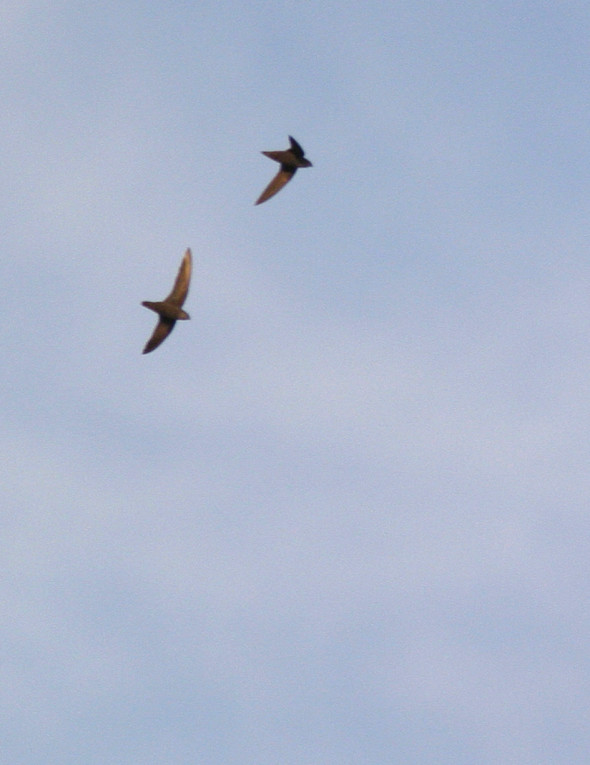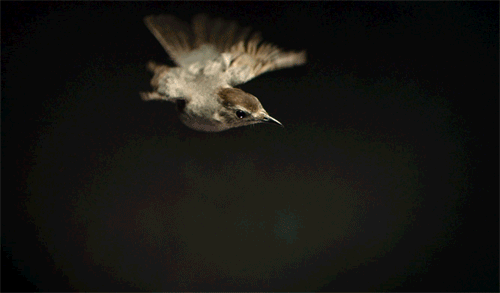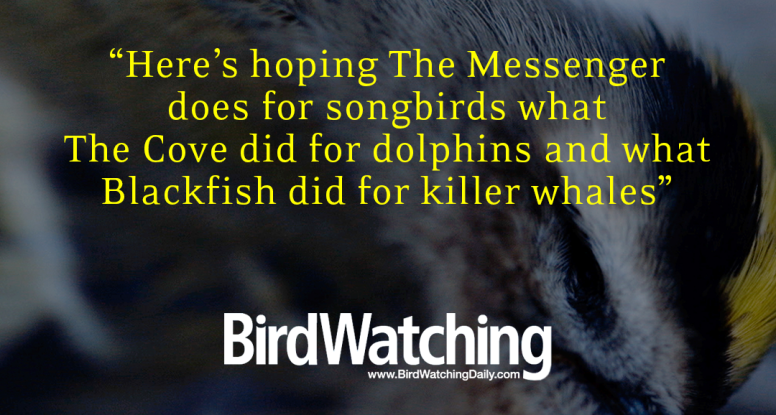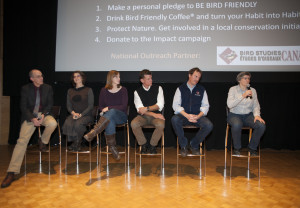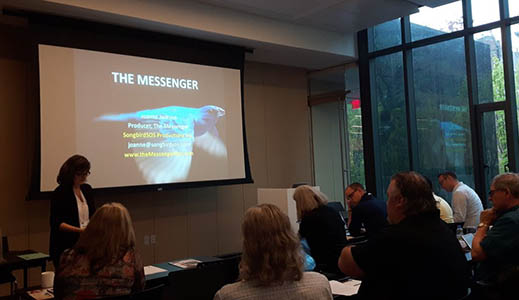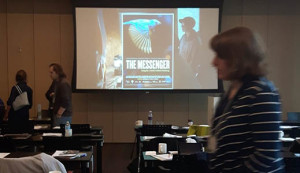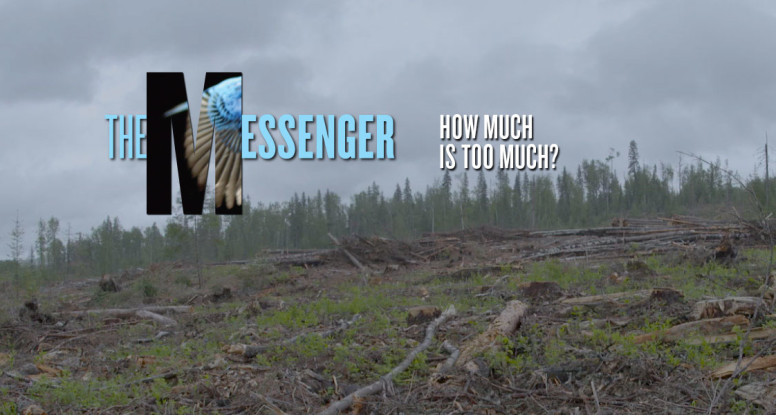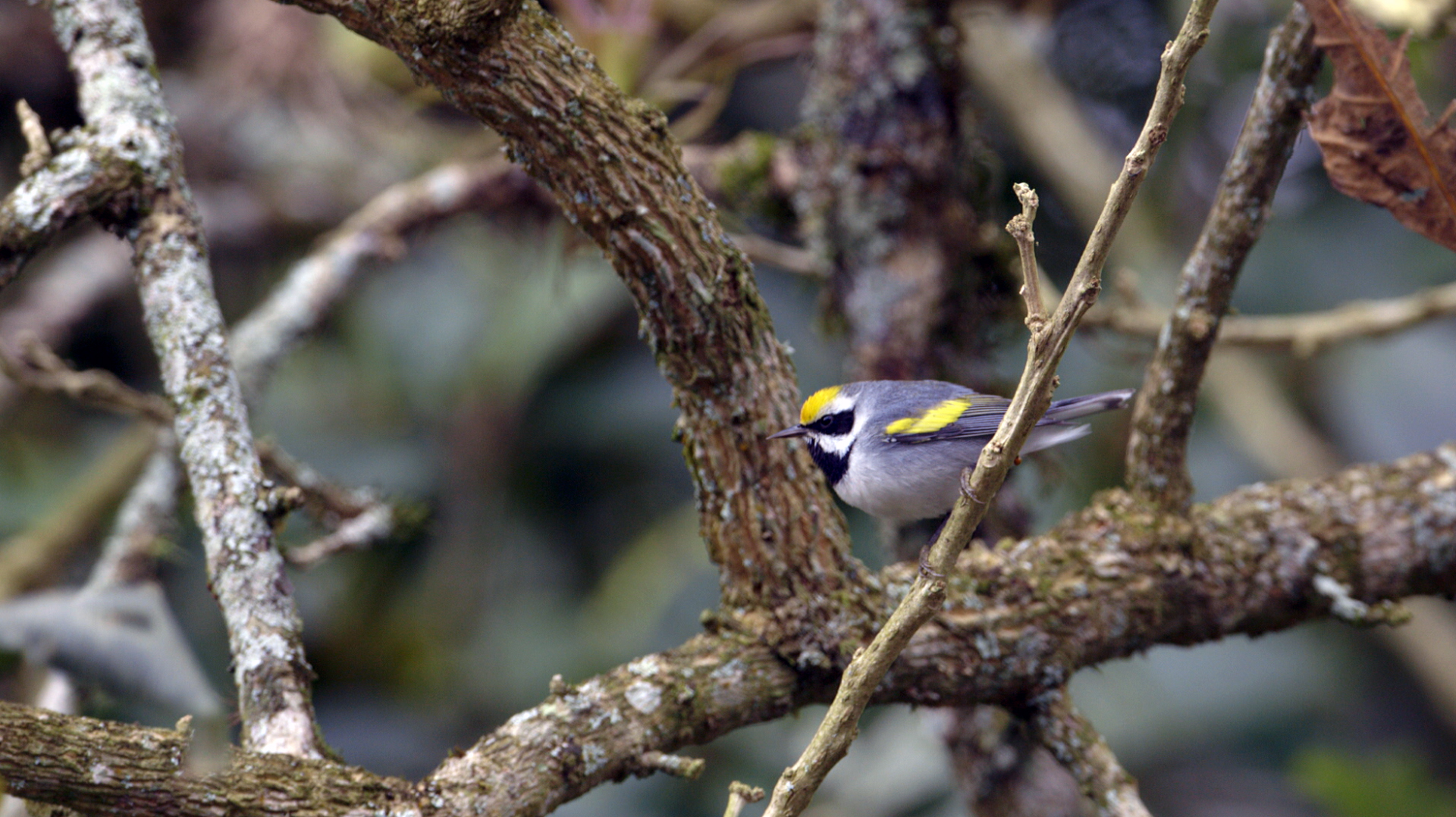First of all…a confession: I’m not much of a birder. Robins, House Sparrows, Cardinals, no problem, but beyond that I am not to be trusted.
So it was a bit of a surprise even to myself when I recently became obsessed with my local population of Chimney Swifts. I noticed them one evening around dusk in my Parkdale neighbourhood in downtown Toronto. Their bat-like movements and constant chittering intrigued me and it didn’t take much research for even me to make a positive I.D.
These aerial insectivores spend pretty much all their waking hours in the sky collecting small insects and any other aerial plankton that might be swirling in the air above our heads. You will never see a Chimney Swift land in your backyard, or on your feeder, you will not even see one perching on a branch or on a wire. These birds are in constant motion, and when they are not in flight they retreat to the inner safety of their chosen chimney. So while these city-dwelling birds are easy to spot, they are almost impossible to really see.
Originally they would have lived in the old-growth forests where dead, hollowed out trees provided the sort of deep, protected nesting locations they favour. Ever since we cut down our older forests the Swifts have learned to adapt to the concrete jungles we have built in their place. The architecture of most chimneys mimics the hollow trees they were used to and they can easily cling to and build their nests on the rough brick interiors of these chimneys.
Sadly for Chimney Swifts, the current trend in new construction does not allow for large (or even small) open chimneys, and even older buildings are starting to cap existing chimneys or line them with metal to make them more fire-safe, measures that prevent Swifts from nesting there.
I live in the Parkdale section of Toronto which is blessed with some lovely old buildings from an era when industry once flourished alongside residential areas. The prevalence of older industrial buildings (and their chimneys) in this part of town probably explains why the aerial gymnastics of Chimney Swifts are on constant display here during the summer months.
Of all the species of songbirds, it is the aerial insectivores that are having the most difficulty in recent years. Many of these are at critically low population counts with some, like the Chimney Swift, down by 95% since 1968. There are many factors involved in this pattern of decline, and in all likelihood, this constant and gradual disappearance of housing opportunities is a contributing factor.
For a city-dweller such as myself, one of the extraordinary things about the Chimney Swift is that I don’t need to travel to the Boreal Forest to catch a glimpse of this rare bird. It can be as easy as sitting on my deck with a coffee, staring up into the sky.
And with only a minimum amount of effort I can take my observations one step further and contribute my data to the Bird Studies Canada SwiftWatch database. Because these birds are in such serious decline, the data that citizen scientists can contribute is of tremendous importance. Gathering information on their numbers and nesting locations helps to keep track of their population and overall health.
Swifts are incredibly elusive, but they have one behavioral trait that is predictable: within 20 minutes before or after sunset they will come home to roost for the night in their chosen chimney.
As a Swift-watcher all I have to do is stake out a chimney in my neighbourhood around sunset and watch to see how many, if any, enter the chimney. You might think staring up a chimney for half an hour might be boring, but there is an unbelievable rush of satisfaction when you are lucky enough to witness a Swift entering a chimney. These birds are incredibly agile and as they swoop and dive they can reach remarkable speeds as they race back and forth collecting dinner in their open beaks, but when they decide to call it a night they will glide over their chimney and for a split-second appear to pause in midair, before dropping themselves down, disappearing into the opening of the chimney. Some go headfirst, others perform a twisting sort of pirouette to slow their entry, others go feet first, but each entry is as elegant as it is mysterious.
I’ve been observing these birds since the Spring. I’ve watched them pair up and take nesting material to their chimneys. (They have a one-nest-per-chimney rule, regardless of how big the chimney is). I’ve seen them making more frequent visits later in the summer, presumably to feed their newly hatched fledglings. I’ve seen families flying in formation in what I can only assume is a kind of flight school for young Swifts. At the end of September I’ve seen them abandon their individual chimneys in favour of group living as they congregate in large groups in a single chimney in preparation for their annual migration to South America. And finally, I made my last observation of a local chimney where a few days earlier I had counted 37 swifts entering. The chimney now stood empty. Sad to see them go, but of course I wish them a swift journey south (they probably hear that one all the time) and I’m already looking forward to their return in April.
Bird Studies Canada has an excellent website with plenty of details about Chimney Swifts in general and also specific information on the SwiftWatch Program for anyone that would like to contribute data to help preserve these amazing birds.
This video from Nova Scotia posted on YouTube captures both the beauty and the awe Swifts can inspire. Just don’t expect to see quite so many on your first outing!
Photo’s Courtesy of Bird Studies Canada, Christian Artuso, Mark Bell, The Northern Hoot.
Mark Bell 2017

